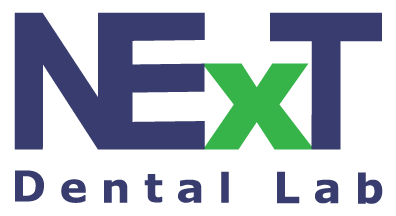Oral diagnosis is like detective work for dentists—piecing together small clues to reveal the bigger picture. It’s where sharp observation meets modern technology, helping uncover underlying issues that patients might not even realize exist. A well-executed diagnosis isn’t just about finding problems; it’s about creating a roadmap for effective dental treatment and long-term health. Here’s how you can make the process smoother, smarter, and more impactful.
Start with a Conversation

The first step to an accurate oral diagnosis is an open, meaningful conversation. Patients may not always realize the importance of certain symptoms or might hesitate to share details unless prompted. Asking open-ended questions like, “Have you noticed any discomfort while chewing?” or “Are there changes you’ve been concerned about?” helps uncover potential red flags.
A calm and approachable dialogue builds trust, encouraging patients to be more forthcoming with their concerns. This initial exchange lays the groundwork for an effective diagnosis and shows patients that their input matters.
Observe, Don’t Assume
An oral exam is more than a routine glance—it’s a comprehensive exploration of subtle changes and patterns. Discoloration, swelling, texture irregularities, or asymmetry can all point to underlying issues. Each observation should be viewed in the broader context of the patient’s oral and general health.
A singular symptom rarely tells the whole story; it’s often the interplay between small details that highlights larger concerns. Staying attuned to these nuances demonstrates the value of clinical expertise and sharpens diagnostic accuracy.
Bring Technology into the Mix
No matter how skilled the practitioner is, certain details lie beyond the reach of the naked eye. Modern diagnostic tools such as intraoral cameras, 3D imaging, and digital X-rays transform how issues are detected. These technologies refine your ability to identify problems and help patients visualize their oral health in real time.
When patients can see areas of concern for themselves, they are more likely to appreciate the significance of treatment recommendations. Integrating these tools into your practice enhances precision and trust.
Understand the Role of the Whole Body
The mouth is a window into systemic health, often reflecting conditions that extend beyond oral care. Clues like gum inflammation may hint at diabetes, while a dry mouth could indicate certain medications or autoimmune disorders.
Taking the time to review a patient’s medical history and connect oral symptoms to broader health issues enriches your diagnostic process. A holistic perspective strengthens your findings and communicates to patients that their overall well-being is a priority.
Simplify Communication with Patients
Even the most precise diagnosis loses impact if it’s not explained clearly. Patients don’t need a lecture on dental terminology—they need to understand what’s happening in terms they can relate to. Use visuals like X-rays or diagrams to show them what you see.
Phrases like, “This small cavity could grow and cause more discomfort if left untreated” are more actionable than complex explanations. Simplified, honest communication builds confidence and makes it easier for patients to commit to treatment.
Dental Lab Services Designed to Support Your Patient Care Goals
Delivering accurate diagnoses is key to great treatment plans. Next Dental Lab ensures your restorations align with your commitment to patient care. We combine cutting-edge technology with expert craftsmanship to meet the needs of dental practices across the U.S. From crowns and bridges to dentures and implants, our full-service dental lab offers high-quality appliances with competitive pricing and fast turnaround times.
With warranties of up to five years, we help you deliver consistent results while saving on costs. Register your office today to receive a $50 credit toward your first case. Experience seamless workflows, reliable services, and products designed to enhance patient satisfaction.

